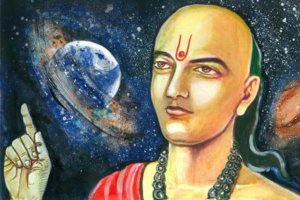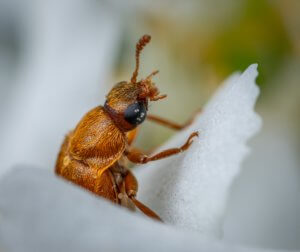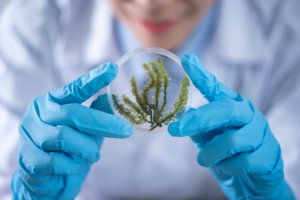Awesome science news from the web (03/08)
Once again, we bring you the awesome science news from the web; with tips on how to talk about these topics with kids – questions to ask and discussions to have.
“The scientist is not a person who gives the right answers, he’s one who asks the right questions.”
-Claude Levi-Strauss
1. Have we found an Earth 2.0?
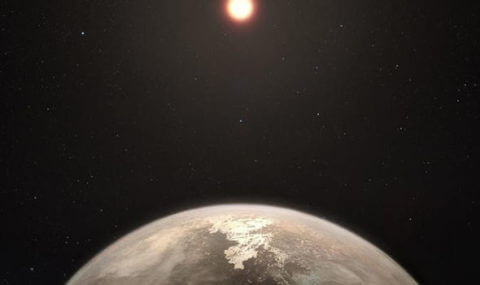 Scientists have discovered a new Earth-sized exoplanet, that currently orbits a friendly star. It is called Ross 128b and might be able to support human life despite being 11 light-years away. Researchers claim habitable conditions; e.g. temperature and atmosphere comparable to that of Earth. However more data is needed for conclusive findings, and with the current technology available, it would take approximately 191,251 years to travel that far. Link to story
Scientists have discovered a new Earth-sized exoplanet, that currently orbits a friendly star. It is called Ross 128b and might be able to support human life despite being 11 light-years away. Researchers claim habitable conditions; e.g. temperature and atmosphere comparable to that of Earth. However more data is needed for conclusive findings, and with the current technology available, it would take approximately 191,251 years to travel that far. Link to story
| Sharing with kids: Scientists have discovered a new planet which is far far away from earth that might allow human beings to live there in the future. Unlike most planets such as Venus or Saturn, this planet could have an atmosphere much like the earth with signs of water and oxygen. The only problem is that to travel there it would require a very fast and complex spaceship. The good news is that one day the planet might move closer to earth and soon become our friendly neighbour.
Questions to ask: 1. What conditions are on earth that make it a liveable planet for humans? 2. What is a light-year? 3. What is an exoplanet? 4. What is the difference between a planet and a star? Suggested Answer: 1. Earth is located in the right distance from the sun and hence is not affected by its strong rays. It also has the right chemical ingredients for life, including water and carbon, where molecules can go react. Second, life needs energy. Without energy, virtually nothing would happen. 2. One lightyear is around 5.88 trillion miles. For reference, whilst Ross 128 B is 11 light-years away, the moon is currently 1.3 light-years away or 3 travel days from the earth. 3. A planet right outside our solar system. 4. Stars are balls of gas that are so massive that the pressure inside of them causes a nuclear reaction. That makes them bright and hot (like the sun, sometimes even hotter). Planets are solid and don’t emit as much light, but also have a stable orbit around a star. |
2. Scientists discover a new shape in the human body.
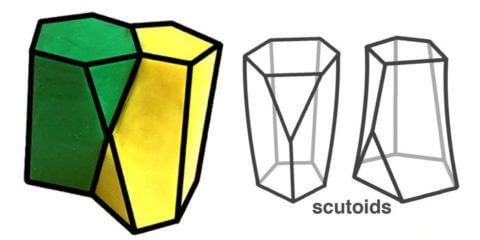
A complex new geometric shape has been discovered by researchers in cells known as the Scutoid. It is found everywhere in the human body – including the epithelial cells of an animal’s skin, organs, and blood vessels. Using sophisticated computer modeling technology scientists were able to formulate the shape, as well as analyse its effect on the human body. Link to the story
|
Sharing with kids: There are many 2D and 3D shapes we study in maths class, including a square, triangle, cube or prism, etc. However, our human body is composed of many parts all with different types of shapes that are more complex each with its own important function. The Scutoid is one such new shape discovered by scientists when they were researching the cells that line an animal’s body including its skin. This shape serves as a protective barrier in the body and takes the shape of your skin as you bend. The closest thing to what it might look like is a twisted prism! Questions to Ask: 1. What are cells and why do we need them? 2. What are some basic properties of shapes that individuals use to classify them? Suggested Answer: 1. It is the building blocks for complex life, and divide and replicate to create an organism. 2. Vertices are a point where two or more lines meet; an edge is a line segment that joins two vertices & a face is any of the individual surfaces of a solid object. |
3. Say hello to our friend Big FOOT!

Paleontologists have discovered the largest dinosaur foot ever. It has been called Big Foot and researchers identified it as belonging to an animal very closely related to Brachiosaurus. It is also a herbivore and a type of sauropod dinosaur. The name comes from the fact that these were the largest land animals that ever walked North America. A 3D scanning and detailed measurements were used to compare Bigfoot to sauropod feet from numerous species. Link to the story
|
Sharing with kids: Paleontologists are scientists who mainly study dinosaurs by digging up their fossils. They have discovered a giant plant-eating dinosaur and studied it to understand more about it. These animals have very long necks, tails, and small heads. Questions to Ask: 1. When did dinosaurs inhabit Earth and how long did they live for? 2. When did dinosaurs become extinct and what causes extinction? Suggested Answer: 1. They first appeared between 243 and 231 million years ago, during the Triassic period. Dinosaurs were on Earth for between 165 and 177 million years. 2. Dinosaurs became extinct around 66 million years ago. The leading cause of extinctions has been a loss of habitat — animals finding their homes destroyed to the point at which their survival is no longer possible |
4. There are more colours than the ones we see on the rainbow.
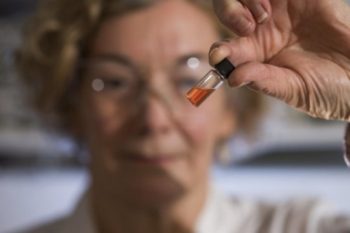
Australian Scientists have discovered 1.1 billion-year-old pink coloured porphyrins representing the oldest intact pigments in the world. These were extracted beneath the Sahara desert in Africa. The rocks were crushed in powder before extracting molecules from them with organic solvents to produce oil. These pigments are the molecular fossils of chlorophyll that were produced by ancient tiny cyanobacteria inhabiting an ancient ocean that has long since vanished from our ecosystem. Link to the story
|
Sharing with kids: In South Africa, billion-year-old rocks have been found by scientists. In order to study it further, the rocks were crushed to powder to reveal small pink coloured particles of ancient organisms. Based on its shape, these small particles lived in the ocean a long time ago and were a small food source for larger sea creatures. Because they are so small, they were entirely eaten by the larger animals, and hence no longer exist. Questions to Ask: 1. What is an ecosystem? 2. What is bacteria? Suggested Answer: 1. An ecosystem includes all of the living things (plants, animals and organisms) in a given area, interacting with each other, and also with their nonliving environments (weather, earth, sun, soil, climate, atmosphere).
|
5. Australian scientists are one step closer to finding a cure for cancer.
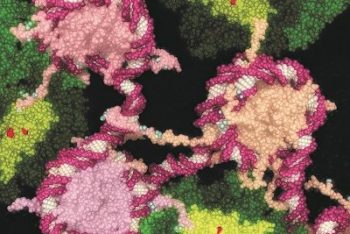
Australian researchers have developed a new type of drug that puts cancer cells into a permanent state of inactivity in mice. The drug has taken almost ten years to produce and does not cause harmful side effects like traditional forms of cancer treatment. This drug leaves normal cells unaffected and hence minimises the side effects of chemotherapy.
Link to the story
|
Sharing with kids: Cancer occurs when cells do not grow properly and spread all over the body. Scientists are working hard to find a cure for cancer. However the current medicine attacks BOTH the good and bad cells in our body. This can leave a person feeling very weak and tired. This week, Australian scientists have created a drug that only treats the bad cells and puts it to sleep forever. Questions to ask:1. What is the difference between red and white blood cells? 2. What is DNA? Suggested Answer: 1. White blood cells- help protect our immune system; Red blood cells- carry oxygen around the body, and remove carbon dioxide. 2. Almost every one of your cells has a set of genes, made of DNA, which are instructions for making proteins. |
Further reading: our last week’s science news and our blog on the importance of science literacy.
Did you like what you read? Want more science delivered in fun ways? Follow us on different social media channels using the links below.
Better yet, subscribe to InquiBox to get different science mini-projects delivered home.

